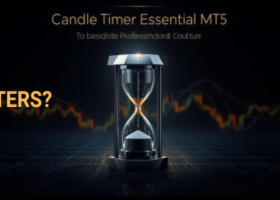
US Consumers Unlikely to be Supportive of US Economy in Q1 2016
US recorded modest growth of 0.2% m/m in personal income in February, as compared with consensus expectation of 0.1% growth. Real disposable income, excluding taxes and inflation, grew strongly by 0.3% m/m. Personal spending grew 0.1% m/m, consistent with market projections. Meanwhile, spending in real terms advanced 0.2% m/m, slight more than consensus expectations.
However, January’s data was negatively revised that shows a drop of 0.03% as compared with initial figure of 0.4% growth in real spending. The negative revisions offset positive news from above expected February data. Service expenditures rose 0.3% m/m in February, while real spending on goods declined 0.07%, shrinking for the third continuous month. Real spending on goods is weak because of a decline in durable goods that also fell in December and January.
Meanwhile, the country’s personal saving rate came at 5.45 in February, as compared with the upwardly revised 5.3% in January. The savings rate increased in January and February of 2016 with the downward revision of consumer spending.
The recent consumer prices’ data indicates that PCE price deflator dropped 0.1% in February, countering the 0.1% growth in January. The core measure, excluding food and energy, advanced 0.2% m/m, slightly lower than the 0.3% rise in January. In February, headline inflation slowed slightly to 1% y/y from January’s 1.2%, whereas core inflation remained at 1.7%. According to TD Economics, it appears that the US consumer will not be supportive of the economy in Q1 as they had anticipated earlier.
“Overall, the data release is negative for our first quarter US outlook, which now looks to be tracking about 1.2%”, says TD Economics. The third BEA estimate released on Friday suggests that the current quarter tracking implies a slowdown from the pace of 1.4% registered in Q4 2015. Still, the opinion remains that spending will start to speed up as the rebounding labor markets and accumulated savings provide more confidence to consumers to shop, added TD Economics.
The weak real spending and inflation metrics data implies that the US Fed might remain patient regarding any rate rises in the coming months.
The material has been provided by InstaForex Company - www.instaforex.com


